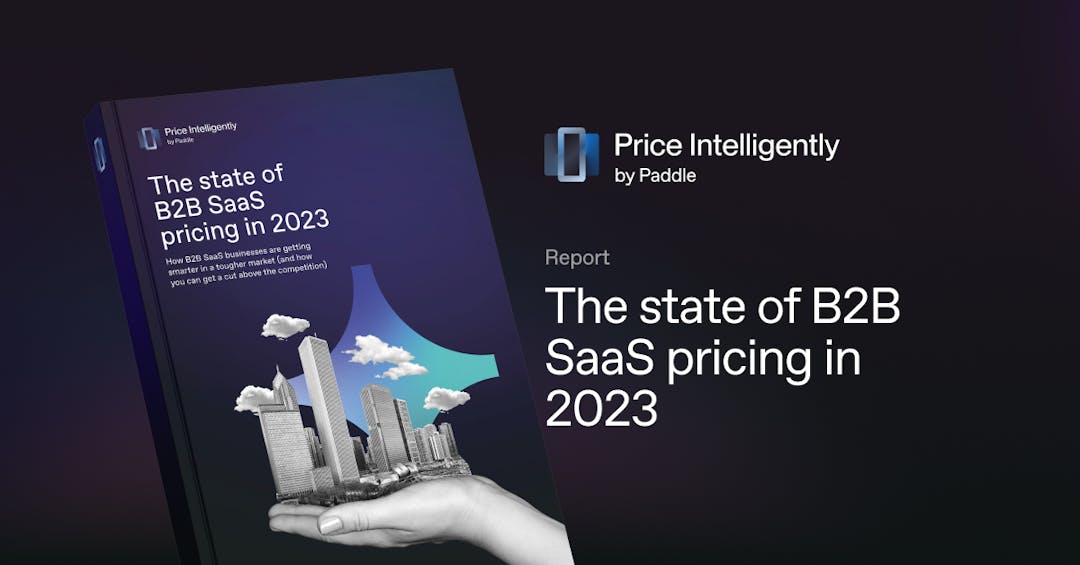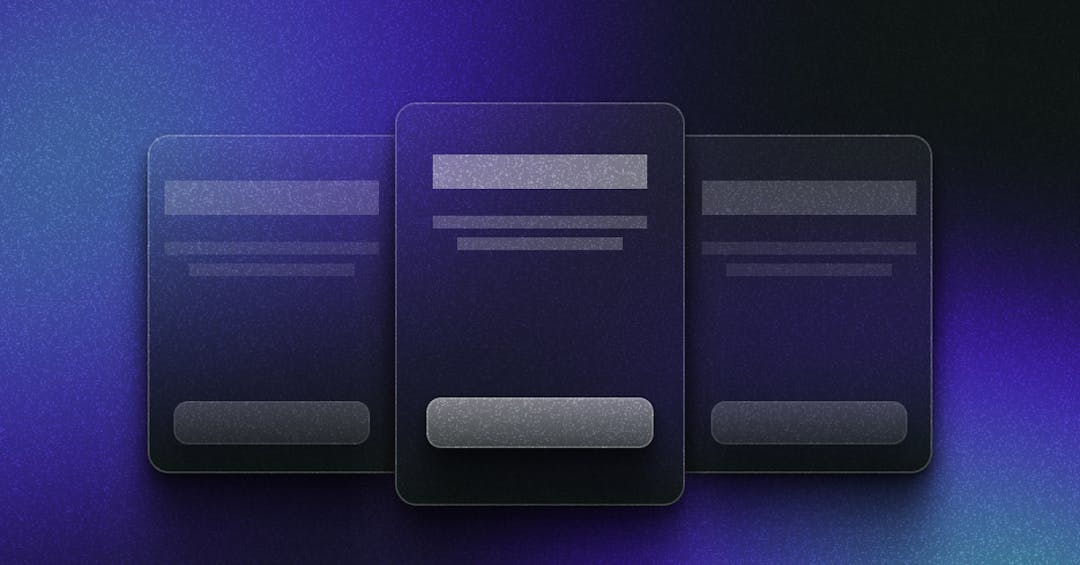Customer support is in many ways a thankless job. Zendesk has created a suite of products they hope can change that and as a $500 million business, they're doing it right. As one of the most popular customer experience platforms, their pricing is currently on-point with their core product offering. The move to an expanded suite of support and customer experience software, however, offers up new challenges.
In this week's episode of Pricing Page Teardown, Peter and I dive into the data and find out where Zendesk can make some changes to help scale their suite new pricing. We take a look at their pricing structure, how well they differentiate on features, and what it means to scale an expanded platform as an established business.
Zendesk is nailing their core product pricing
“I like the approach. We're seeing some consolidation of the market. There are a couple of different companies coming into the idea of communication or conversational support and marketing.” - Peter Zotto
Zendesk started out as a straightforward support platform. As they grew, it became clear that to scale as a company they would need to start including additional add-on features over time. That's where Guide, Chat, Talk, and Connect come in. But, if the customer wanted to cobble together specific products, it's not hard to see how expensive it would become over time.
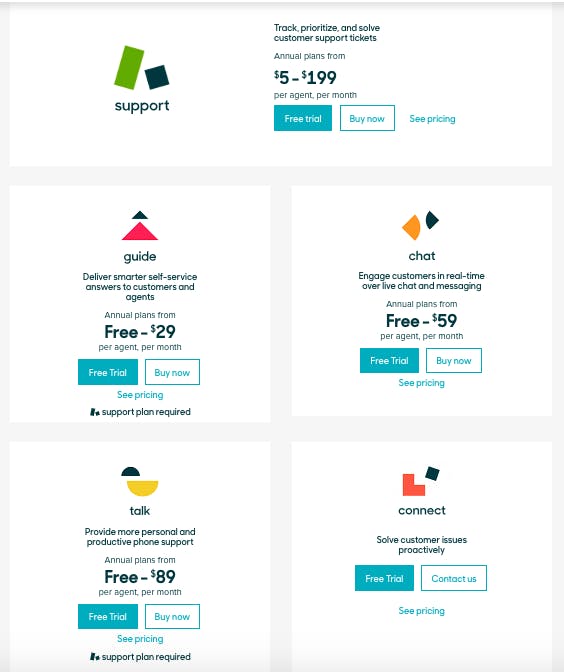
Each of the products Zendesk offers is charged on per-user basis, including their Knowledge Base, which is what Zendesk is offering in their guide package. Let's take a look at how that changes as the customer selects a different standard pricing tier.
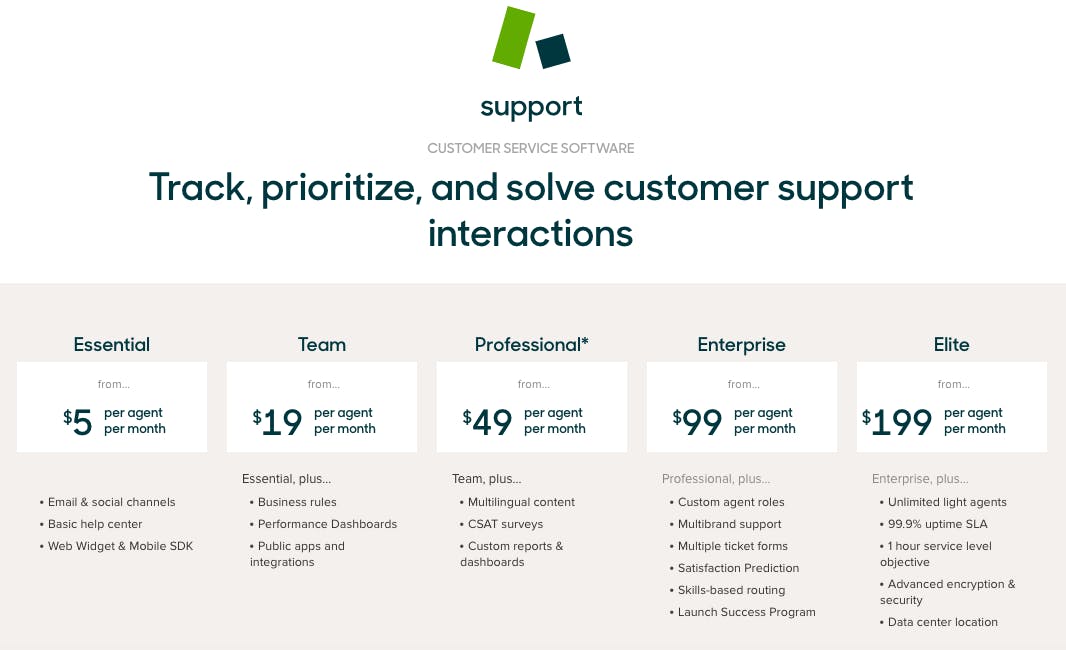
We see something here that's pretty incredible. Zendesk's pricing is so spot-on with the monthly willingness to pay on a per-user basis.
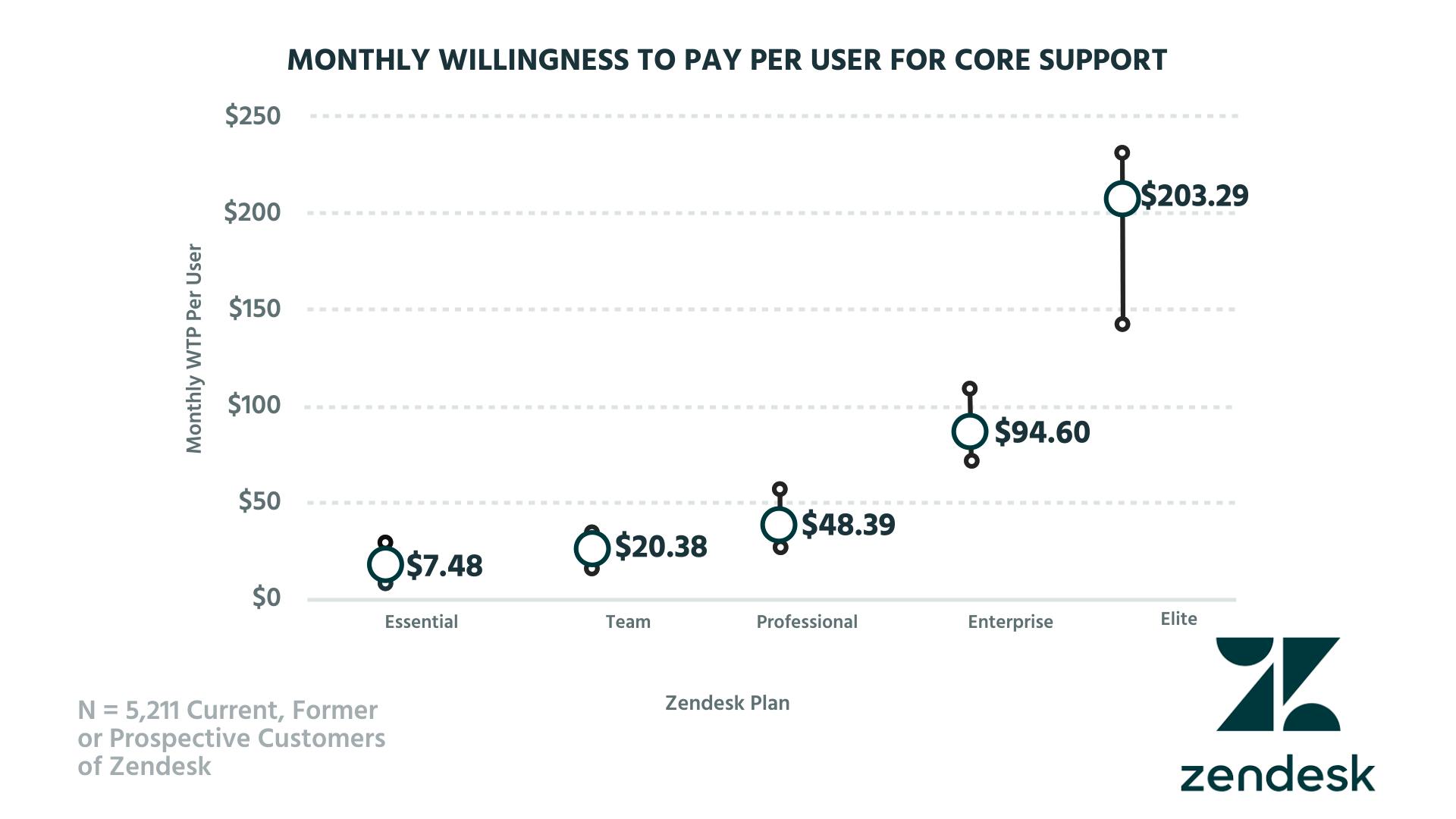
We surveyed 5,211 current, former, or prospective customers and found that their willingness to pay for core support pretty much mirrors Zendesk's pricing model. For the Essential, Team, and Professional packages, the willingness to pay sits almost exactly along the lines of Zendesk's current pricing. There isn't even all that much flexing until you get to Enterprise and Elite.
Even so, the Enterprise package sits between approximately $70 and $110 with Zendesk at $99. The Elite package goes between around $150 up to almost $250, and Zendesk is again right in the middle with their $199 offer. It's not surprising from a $500 million company; they have to know their customer well to grow that large.
Moving to a customer experience suite adds expansion revenue
“When you go for a suite, typically what happens is that you go for an annual purchase anyway because you're basically committing to a long-term relationship.”
There is a lot happening on Zendesk's pricing page. With their move from straightforward support to an omnichannel suite, it's easy to see which product Zendesk wants you to buy as soon as you land on their pricing page.
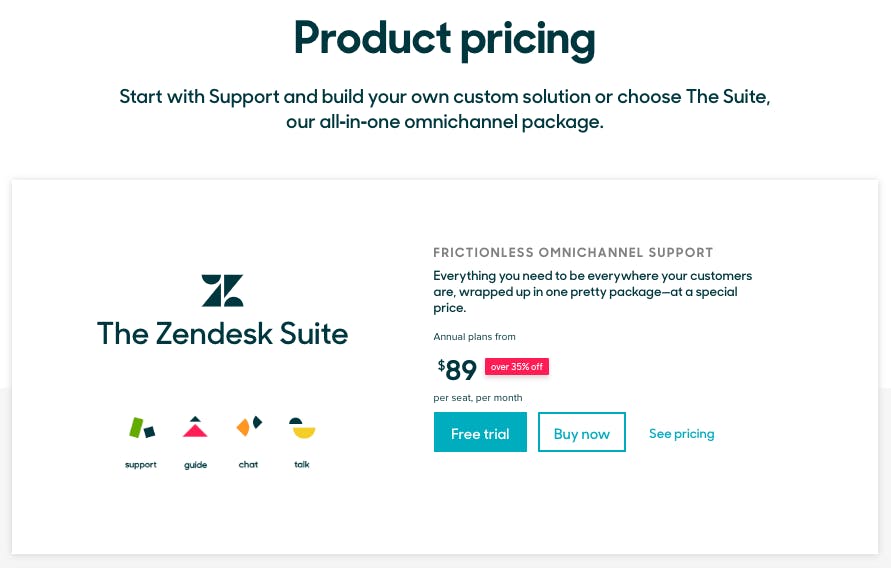
If we look back at the price for basic support alone, the per agent per month price could jump above the $89 suite price before even adding in additional products like Guide or Talk. When the customer is on a lower-tiered package, it might not make sense to start utilizing Zendesk's full suite, but if they're Enterprise or Above, it becomes attractive fast.
Check out the specific package pricing for The Zendesk Suite and you can see they're taking a page from the Salesforce model and differentiating mostly on features. The core products are at the Professional level with a few strategic additions to the Enterprise package.
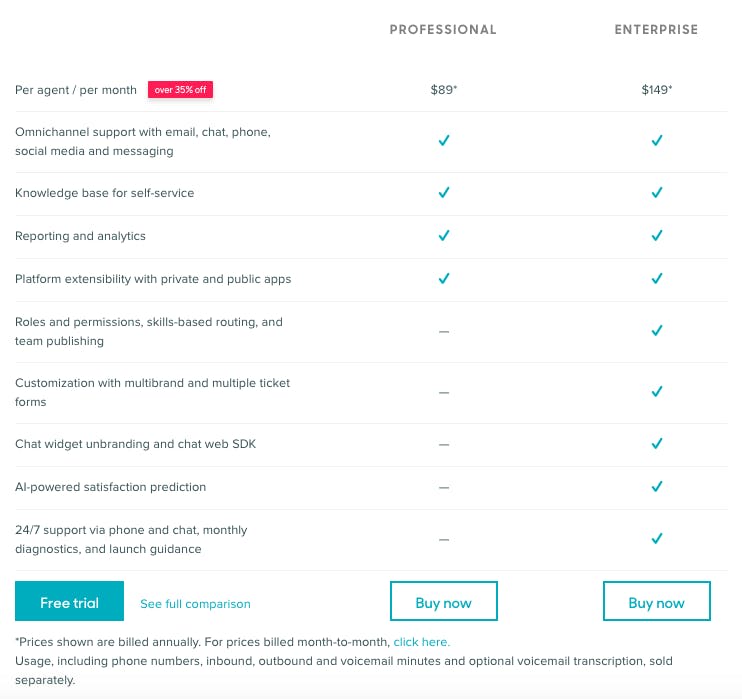
Taking a look at a value matrix paints a really interesting picture that goes along fairly well with how Zendesk is pricing their suite package. When we take a look at the survey results of those 5,211 current, former, or prospective customers, you easily see how well Zendesk is differentiating.
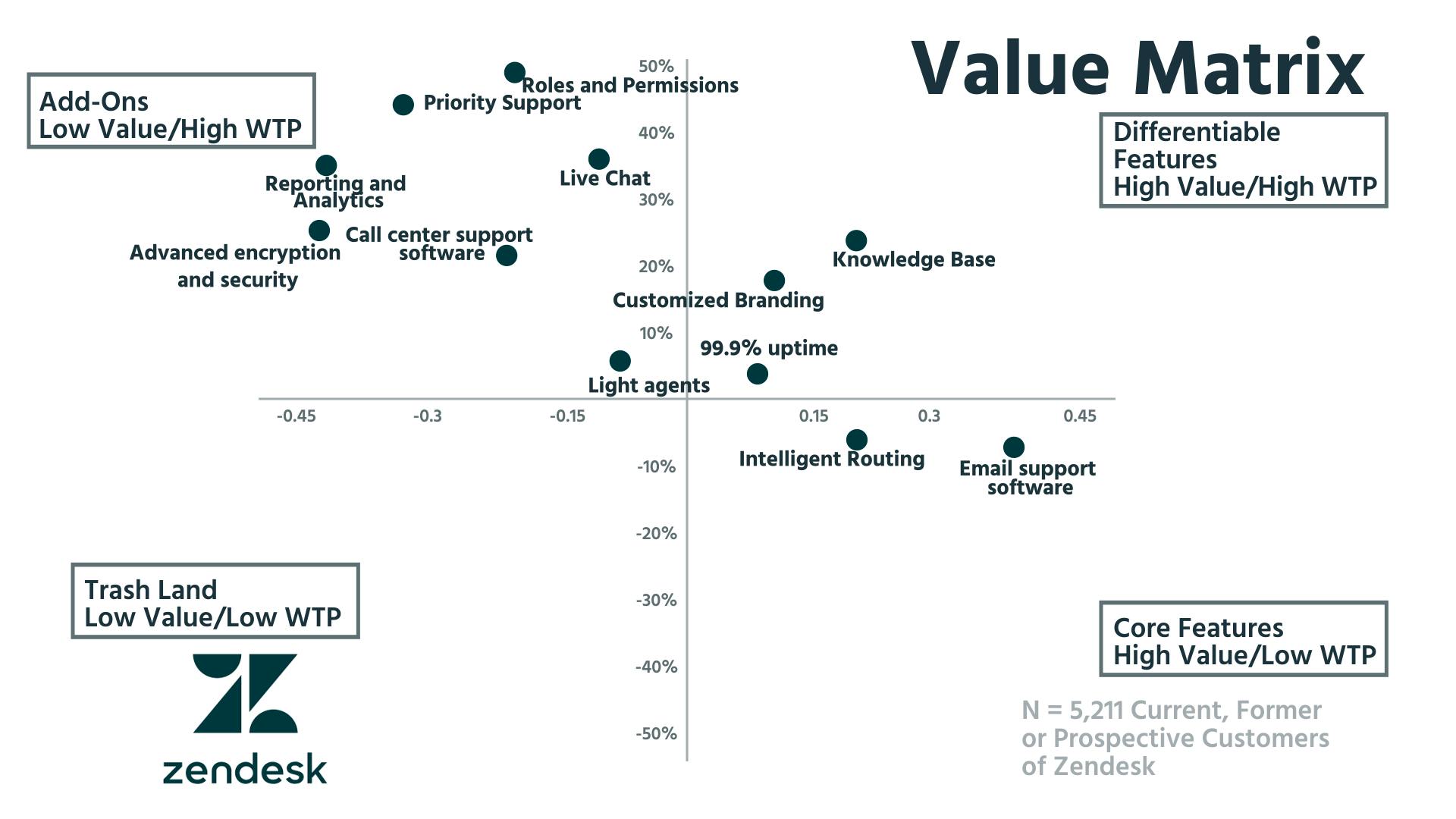
While we don't see features ending up in Trash Land, there are some interesting things happening in the other three quadrants.
- Core Features: Here we see Intelligent Routing and Email support software, both of which are included at both levels in The Zendesk Suite. We thought we would see 99.9% uptime here as well. With any SaaS product uptime is pretty much table stakes at this point, services need to stay online to be successful.
- Differentiable Features: Zendesk includes Knowledge Base in both packages, which is a bit of a missed opportunity, but Customized Branding is only included in the Enterprise package, so that's a win.
- Add-Ons: This is where we see a lot of the Enterprise features landing, which is great for Zendesk. While features like Roles and Permissions, Priority Support, or Reporting and Analytics are high value for a lot of customers the ones who are willing to pay for it are willing to pay a lot.
Zendesk is taking a classic B2B software model here and offering a lot of Add-On features in their Enterprise package. The customers that are willing to pay for these features are going to be attracted to the Enterprise level and this helps Zendesk work in a lot of expansion revenue into their already successful model.
When we take a look at the willingness to pay for Zendesk Suite, we see some area of opportunity. They may be nailing their feature differentiation on those products, but the pricing could be adjusted to mirror this willingness to pay a bit better.
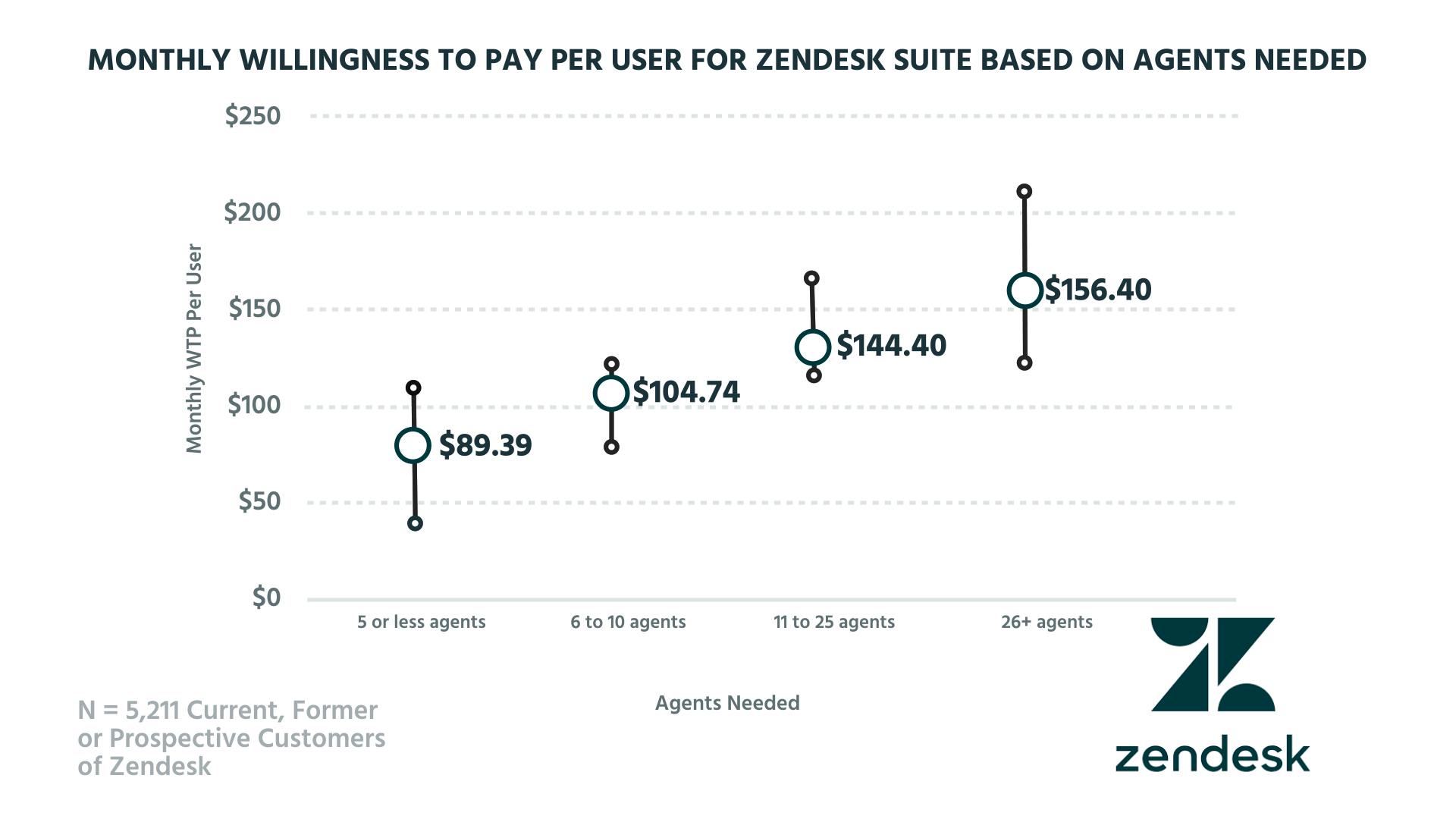
It's important to keep in mind that these prices reflect the monthly willingness to pay per use, where Zendesk is showing their annual price. For five or fewer agents, the willingness to pay is $89.39 per month and flexes up to over $100. While that is spot on for Zendesk's annual monthly price of $89, they could charge more without issue. You see this when you get to the 26+ agents as well; Zendesk is offering their Enterprise package at $149 a month, which is below the $156.40 average. As the willingness to pay stretches up to over $200 a month, Zendesk could increase their prices there, too.
A classic tale of growing from one product to a suite
“What I really like about Zendesk is that their positioning is all about experience. They already have the ethos with support and that is a good kind of connection to use their goodwill into these other aspects of the customer experience.”
Where there are definitely some areas of opportunity for Zendesk to optimize their prices for The Zendesk Suite, their pricing strategy is still pretty spot on. The move from a product known for core support to a customer experience suite gives them the ability to bring in a lot of expansion revenue as well.
While on the surface, their suite pricing is discounted from what those products would cost bundled together ad hoc, offering an aggregate price for their customers is a great way to boost retention and will likely result in a higher ARPU. Customers are buying for the long haul.
Peter would score Zendesk as a 9.0. Where they can definitely optimize their pricing in some respect, they're nailing a lot of really important things already. And, building on the suite model gives Zendesk a huge opportunity to optimize their product to the mid- to high-end market. I agree and would score them at an 8.4, which is pretty strong for me.


